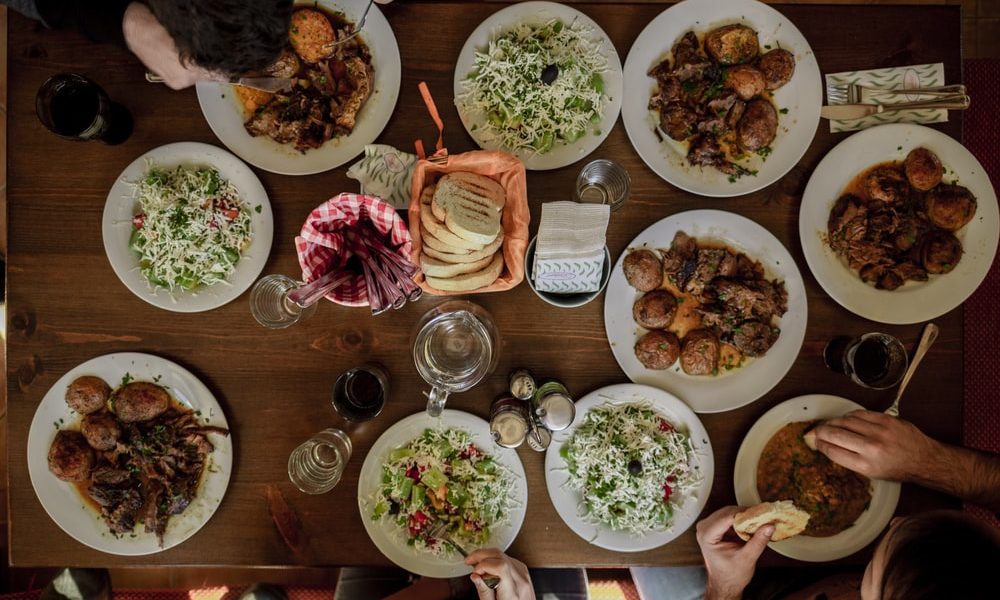Last week, we discussed just how important it is for brands to pivot to the changing needs of consumers by adapting their brand identity in times of hyper-uncertainty. In Part 2, we’ll focus on what those adaptations may need to look like with regards to the cost of living.
We are in the infantile stages of today’s cost of living crisis. With the UK economy expected to shrink as inflation soars, and a nation that is deeply feeling the effects of a global energy crisis, consumer confidence has fallen to an all-time low. Brands across all industries may see the adverse effects of the cost of living crisis unless they act to keep their consumers.
Whilst having an adaptable brand identity might be important, it’s equally, if not more important for brands to act sensitively and tread carefully as consumers and businesses alike continue to suffer the fallout of the crisis. It is critical for brands to look through the eyes of their customers with empathy and compassion. Indeed, a brand’s messaging and the communications they put out can either affirm or deny a purchase decision.
A survey commissioned by the IPA asking how brands could support their customers through the cost of living crisis revealed that consumers are not looking for brands to ‘entertain and make customers laugh/smile’, as some brands might typically prioritise, but are rather looking for fair prices and more value-for-money promotions. The last few years have seen a big move towards brands needing to have a personality & tone of voice, with many being applauded for making us smile; it’s likely that the cost of living crisis is representing a real shift here. Tesco’s recent campaign of “We want you to spend less with us” is an example of pertinent messaging done sensitively.
With this in mind, the best way for brands to act sensitively towards consumers is to simply ask ‘what matters’ to them.
It’s critical that brands spend time with their consumers to understand what is being re- or de-prioritised during these tough times and that they 1) learn and 2) distinguish between their target audience’s “must-haves” and “nice-to-haves”.
Travel & eating out – still a priority?
Last year, we revealed that out of all the post-Covid activities, consumers were most excited to eat out in restaurants and travel once restrictions were lifted.
Brands must anticipate that the consumer craving for travelling, wining and dining could manifest very differently today. With the school summer holidays fast approaching in addition to the recent airport chaos and flight cancellations, we might expect the staycation boom to rise even further, despite the easing of Covid-related travel restrictions. This presents huge opportunities for brands to dial up the emotional benefits of staycation travel, as well as dining (at home) and the joy, pride and accomplishment that come with sharing moments with loved ones even as disposable incomes continue to drop.
Supermarkets are undoubtedly well-positioned to be creating restaurant-quality, at-home dining experiences, supported by comms which maximise value-for-money perceptions, especially as we’re seeing companies such as Deliveroo’s valuation fall from £7 billion to £1.7 billion in only nine months, suggesting that takeaway delivery services are at risk too.
In essence, the cost of living crisis presents a moment of importance for brands. We are in fact expecting to see a return to pandemic behaviours of a fall in overseas travel and dining-out, but with a different cause. In today’s ‘New Normal’, it’s important for brands to act sensitively whilst ensuring that their intentions are being met with action so that consumers can trust that they are on their side as we navigate through this period of economic uncertainty.


